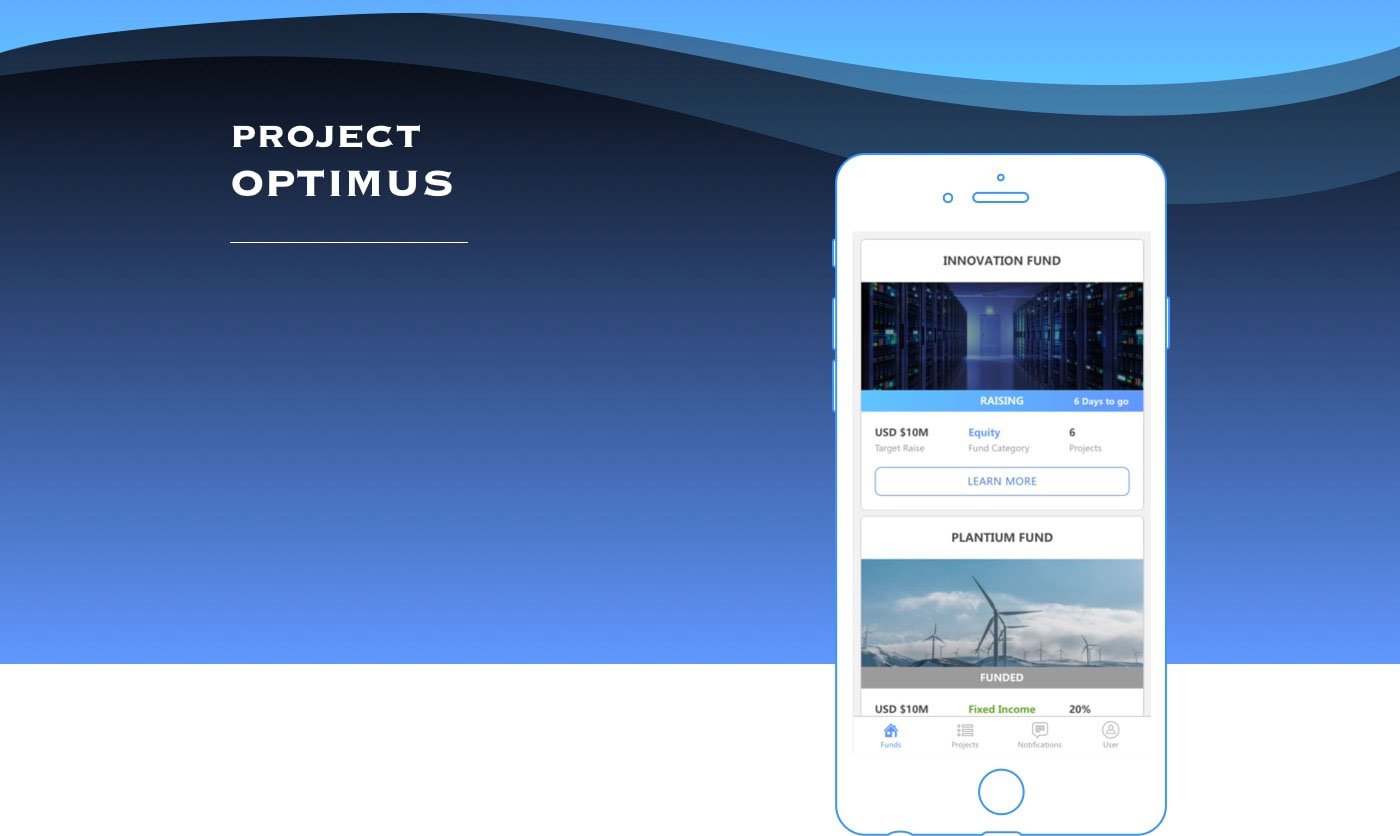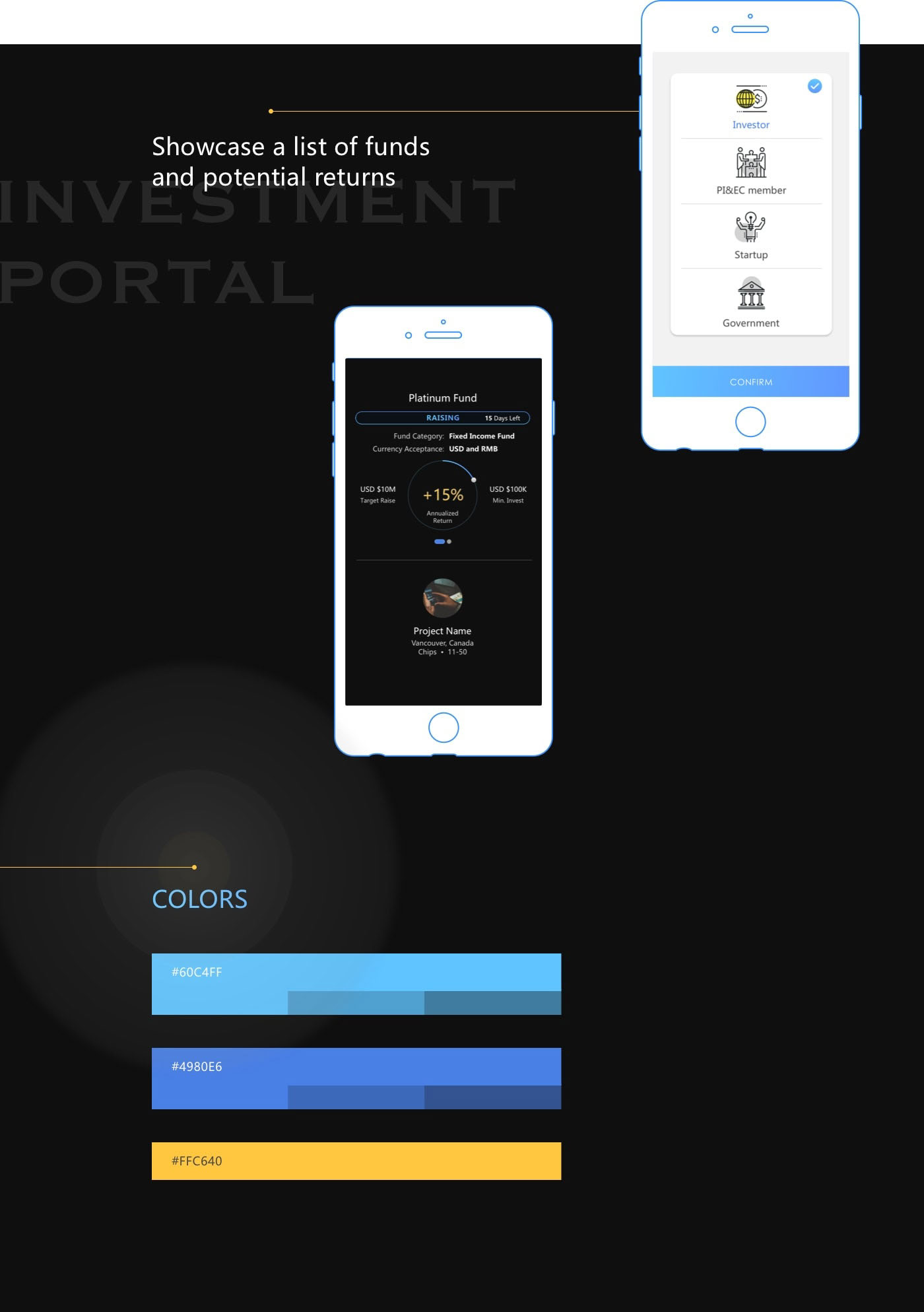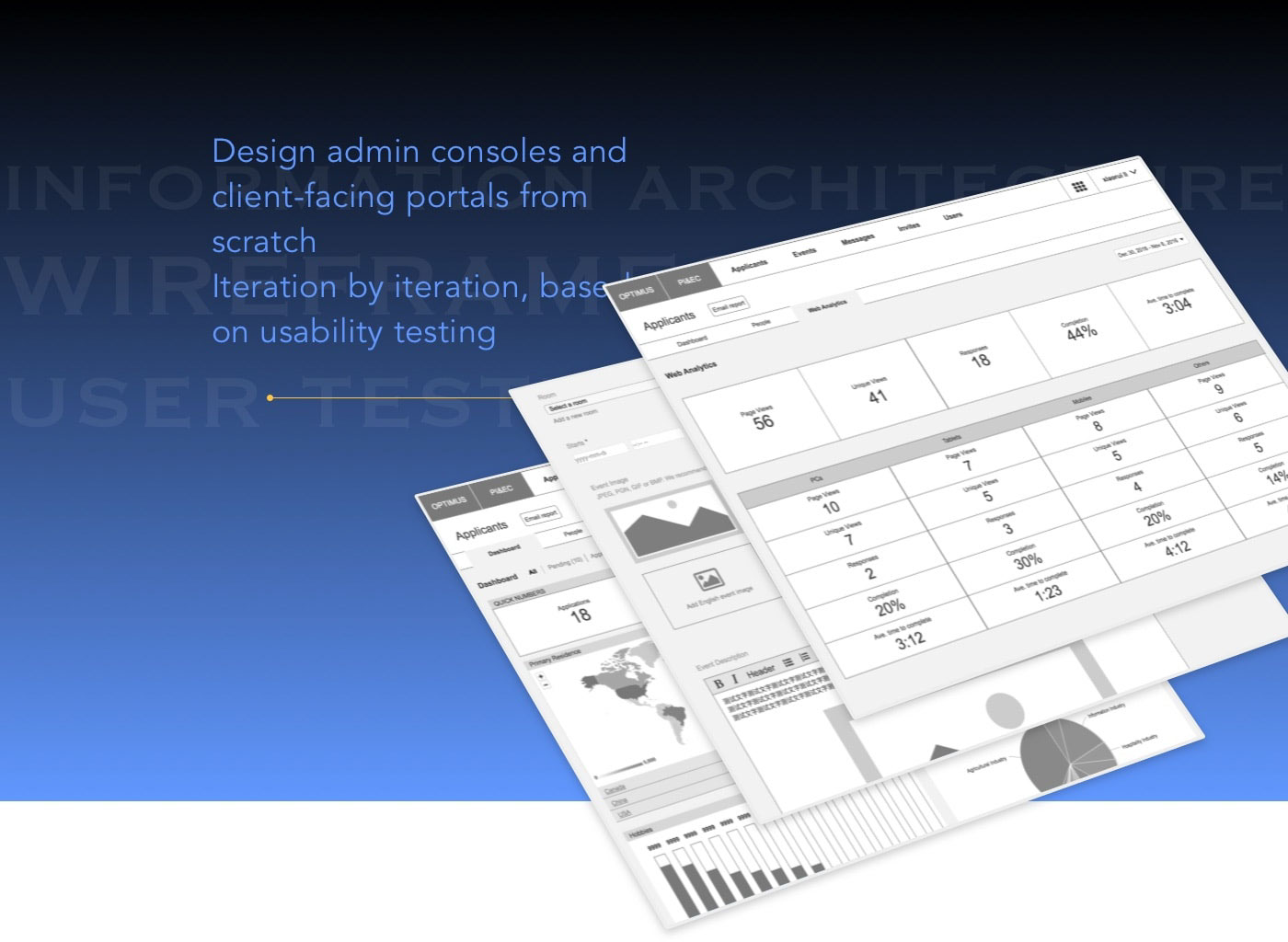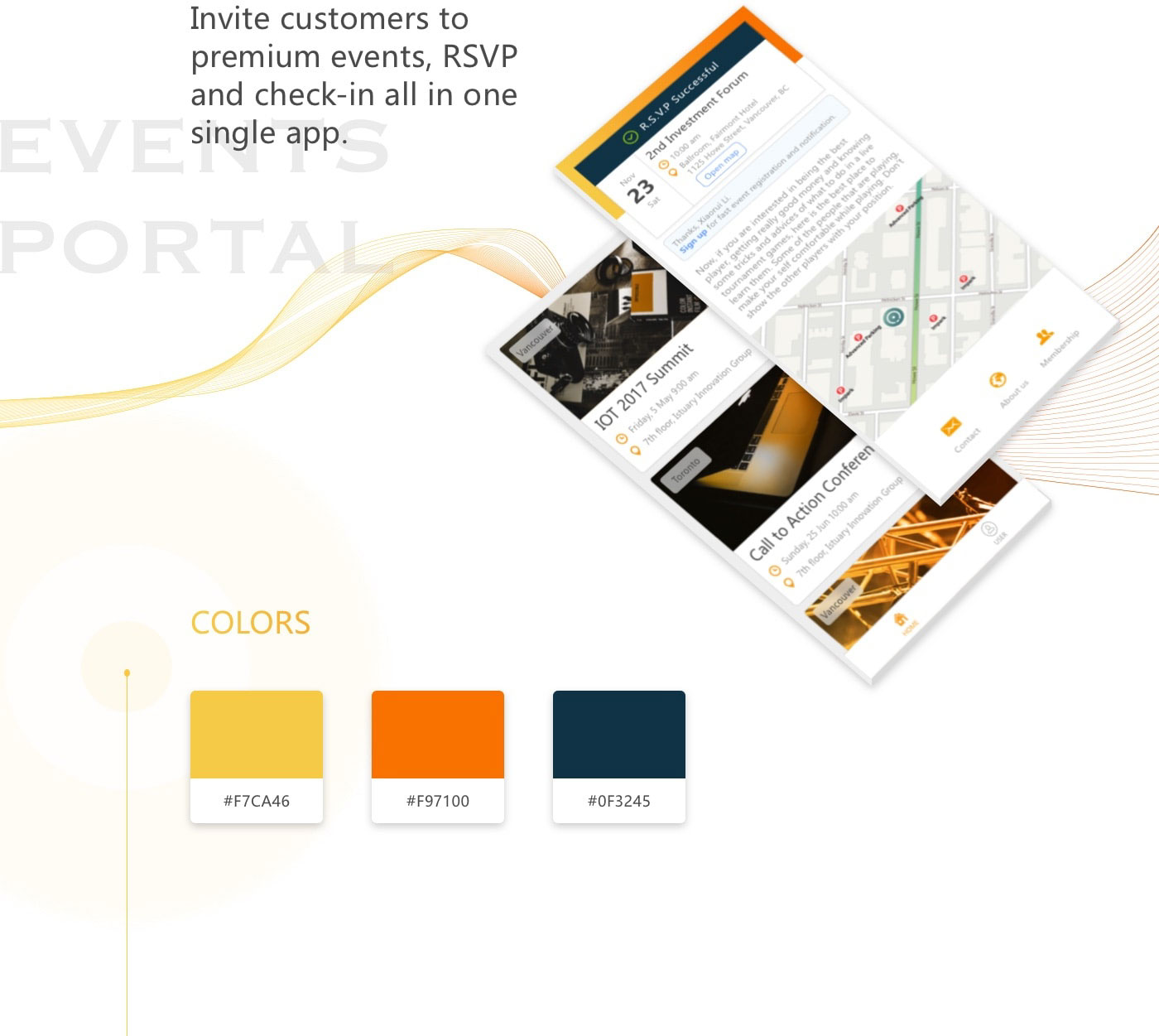
The company had a difficult time finding a user-friendly and highly flexible CRM in the market to manage contacts, track customer information and publish contents all in one place. The management team decided to build the CRM in house, to fully support the venture capital, marketing and education team’s line of business.

My role
I was the sole product designer of the team and lead the product strategy, the UX work, the visual design work, producing all major deliverables and presenting these to the stakeholders. I worked alongside a 11-person dev team in Vancouver and Waterloo between June 2016 to May 2017.
Time frame
11 months

The challenge
- Managing and balancing different expectations and goals between 7 business units
- Lack of transparency of the company’s operation and process
- Adapt the approach to Chinese users’ tech trends
- Keep the multi-languages support for all design
- Work with the remote team in Waterloo

The process
Understanding product goals with key stakeholders
The management team made the decision that a CRM system has to be in place to track all customer’s information, replacing the old way of using Excel. After the project kickoff meeting, I gathered all stakeholders and held a series of meetings with all stakeholders in Vancouver, Waterloo and Toronto office.
All stakeholders understood the importance and benefits of adopting to the new technology, but there was little communication between each of them, and each of them had different requirements and priorities, the most critical challenge for this project was to get their buy-ins and full support to use the tool.
Prioritization
We broke the eco-system down into 4 epics: Fund Management, Event Management, PIEC Membership, Education and Institute. By comparing the profitability and the impact of each user group. We decided to tackle Fund Management Portal first, and we prioritized features and groomed the development backlog on bi-weekly basis to stay on top of the agile development process with the team.
Conducting research and competitive analysis
After researching some mainstream CRM solutions and online investing platforms, I have listed out the product features and difference of each product, and we were able to determine on the scope of the MVP, and drew out the roadmap of future releases.
Creating user stories, wireframes and user flows to address key pain points
Storyboards and wireframes allowed me to quickly validate and test ideas with VC team and other stakeholders as well as checking in with Developers for feasibility. Half of the dev team were located in Waterloo side, and we went through quick updates in the morning scrum and communicated constantly on technical issues using HipChat and Zoom Conference meetings.
Because the portal integrated with Email, SMS messages and WeChat, I drew out detailed user flows and sequence flow charts for the developers to understand the product and technical requirements.
For each user story, I would host a meeting before implementation to demo the product feature I had designed, with the frontend developer and the backend developer who were assigned to the same user story, sometimes we would grab the technical lead and the system architect into the discussion. During this process we would work in sync on how the feature should behave, and I was able to gain quick feedback and have an agreement on what changes I should make.
Creating high fidelity mockups and preparing for design handoffs to developers
It was a tag team process between me and the Frontend Developer via Sketch app and the Zeplin tool. The developers know what to expect through the latest wireframes and code in the components while I work on high fidelity mockups and would deliver them as soon as I complete so we're never waiting for one another. At the same time the Frontend Developer would work in sync with our Backend Developer to ensure all the components of the web application integrate well together.
Beta release and gather stakeholder sign offs
Launched an internal release of the portal by inviting the stakeholders trying the product interactions before the official launch.
User testing and user data analysis for improvements
After the internal launch and bugs fixed, we would invite some key investors in house. I had setup a usability lab in one meeting room, which could record how the users used the app on an iOS phone, and also utilize the computer’s camera to capture the users’ facial reaction while using the app.
Outcome
92% of event attendees adopted to the new technology to check in successfully
100% existing and new PIEC members are logged and saved in the CRM
Streamline the process of approving a PIEC member’s application, and exporting reports

